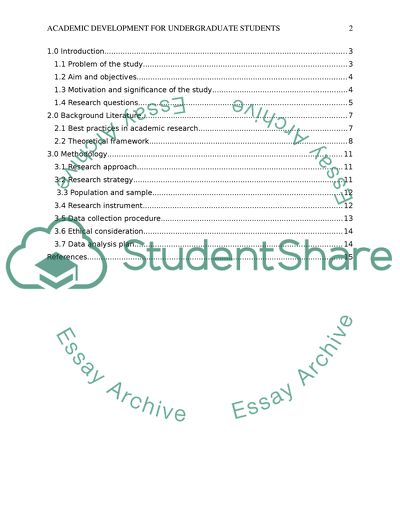Cite this document
(“Academic development strategies for undergraduate students Thesis Proposal”, n.d.)
Academic development strategies for undergraduate students Thesis Proposal. Retrieved from https://studentshare.org/education/1694056-academic-development-strategies-for-undergraduate-students
Academic development strategies for undergraduate students Thesis Proposal. Retrieved from https://studentshare.org/education/1694056-academic-development-strategies-for-undergraduate-students
(Academic Development Strategies for Undergraduate Students Thesis Proposal)
Academic Development Strategies for Undergraduate Students Thesis Proposal. https://studentshare.org/education/1694056-academic-development-strategies-for-undergraduate-students.
Academic Development Strategies for Undergraduate Students Thesis Proposal. https://studentshare.org/education/1694056-academic-development-strategies-for-undergraduate-students.
“Academic Development Strategies for Undergraduate Students Thesis Proposal”, n.d. https://studentshare.org/education/1694056-academic-development-strategies-for-undergraduate-students.


